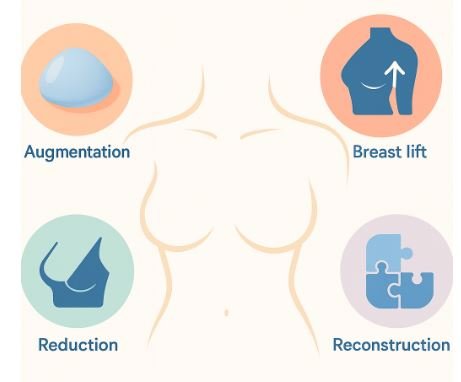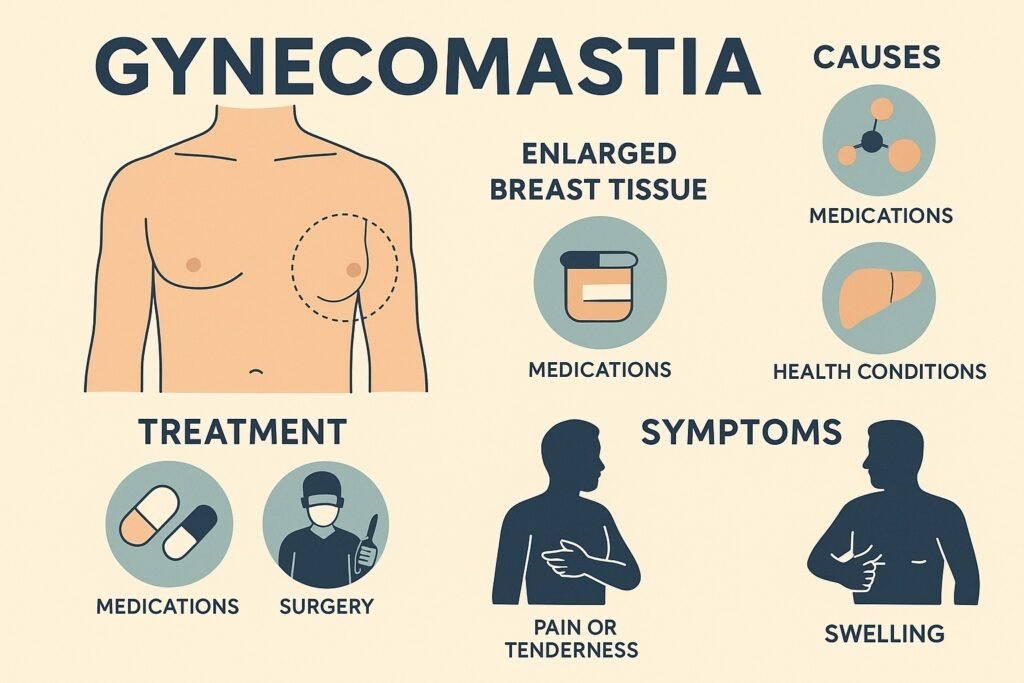
Introduction
Facial contouring surgery (“안면윤곽”) has become one of the most transformative procedures in modern plastic surgery. Patients often seek it to achieve a slimmer, more defined face. From a surgeon’s perspective, this surgery is not just about bone reduction—it is about balance, safety, and careful management.
In this guide, I will share insights on surgical safety, critical precautions, and the most effective ways to manage patients before and after facial contouring. The goal is to help both patients and clinics understand the complexity of this procedure and approach it with confidence.
Why Safety Comes First in Facial Contouring
Unlike soft tissue procedures, facial contouring involves permanent changes to the facial skeleton. This means every step requires precision. Safety depends on several key factors:
- Detailed Imaging: CT scans or 3D simulations ensure that nerves, blood vessels, and bone thickness are assessed before surgery.
- Preservation of Nerves: The inferior alveolar nerve and facial nerve branches must be protected. Even minor damage can affect sensation or movement.
- Controlled Bone Work: Whether shaving the jaw or repositioning the cheekbone, surgeons must avoid over-resection, which can cause long-term sagging or asymmetry.
- Stable Fixation: In osteotomy cases, titanium plates or screws hold the repositioned bone in place, ensuring stable healing.
Surgeons who prioritize these elements create safe outcomes that last.
Common Precautions Before Surgery
Every successful operation begins with preparation. As surgeons, we guide patients through several important steps:
- Medical Screening
Patients must undergo blood work, imaging, and a full medical review. Conditions such as clotting disorders or uncontrolled diabetes increase surgical risk. - Lifestyle Adjustments
Smoking, alcohol, and certain supplements delay healing. Patients should stop smoking at least four weeks before surgery and avoid aspirin or blood-thinning products. - Psychological Readiness
Facial contouring is permanent. Patients must understand the changes they will see and accept realistic results. A clear conversation about expectations is essential. - Nutrition and Skin Prep
A healthy diet improves recovery. Patients should also maintain good skin hygiene since the mouth is a common surgical entry point.
Intraoperative Care: What Surgeons Focus On
During surgery, safety protocols extend beyond cutting and shaping bone. Here is what a responsible surgeon pays attention to:
- Airway Management: General anesthesia requires careful monitoring, especially when swelling can narrow the airway post-op.
- Bleeding Control: Bone surgery creates bleeding risks. Hemostasis and drainage systems reduce hematoma formation.
- Symmetry Checks: Continuous re-measurement ensures that both sides of the face align properly.
- Soft Tissue Handling: Gentle dissection prevents unnecessary trauma, which leads to faster recovery and less swelling.
This balance between precision and protection is what separates excellent outcomes from complications.
Post-Operative Management: Early Phase
The first four weeks after facial contouring are critical. Surgeons usually recommend:
- Head Elevation: Sleeping with the head raised reduces swelling.
- Cold Compress: Applied in the first 48 hours, this minimizes bruising.
- Antibiotics and Pain Relief: Oral hygiene combined with antibiotics prevents infection, while medication controls discomfort.
- Dietary Restrictions: A soft or liquid diet avoids pressure on healing bones and incisions.
Patients who follow these steps usually return to normal routines within two to three weeks, though swelling may take longer to resolve.
Long-Term Aftercare and Maintenance
True recovery extends beyond the first month. Surgeons emphasize long-term care because bones heal steadily while soft tissues adjust more slowly.
- Physical Activity: Heavy exercise should be avoided for at least six weeks. Light walking is encouraged to improve circulation.
- Scar and Skin Management: Even if incisions are hidden inside the mouth, external skincare matters. Sun protection and proper hydration help maintain results.
- Follow-Up Visits: Regular check-ups at one month, three months, and six months allow the surgeon to track healing and address concerns early.
- Adjunct Treatments: Some patients benefit from additional lifting or skin tightening to enhance the final contour.
This stage is where surgeon–patient collaboration truly impacts satisfaction.
Risks Every Patient Should Know
Even with expert care, risks exist. As surgeons, we must explain them clearly:
- Temporary numbness in the chin or cheek area
- Swelling or bruising lasting several weeks
- Rare cases of asymmetry requiring revision
- Infection if oral hygiene is poor
- Long-term sagging if too much bone is removed
By acknowledging these risks upfront, trust builds between patient and surgeon, and outcomes improve.
Surgeon’s Perspective on 2025 Trends
Facial contouring is evolving. Today, patients demand natural changes instead of dramatic reductions. Surgeons are combining bone reshaping with minimal lifting procedures to create a balanced, youthful look. Digital planning and 3D printing of surgical guides also allow for more precise outcomes.
From a business standpoint, clinics offering safe, natural results backed by modern technology will continue to lead the market. Patients now choose clinics not only for price but for safety records and reputation.
Conclusion
Facial contouring surgery is one of the most powerful procedures in plastic surgery. For patients, it can transform facial harmony and confidence. For surgeons, it represents a high-responsibility operation where preparation, precision, and follow-up define success.
By focusing on safety, clear communication, and structured care, surgeons can provide lasting results while minimizing risks. In 2025 and beyond, the future of facial contouring lies in natural changes, advanced planning, and surgeon–patient trust.


